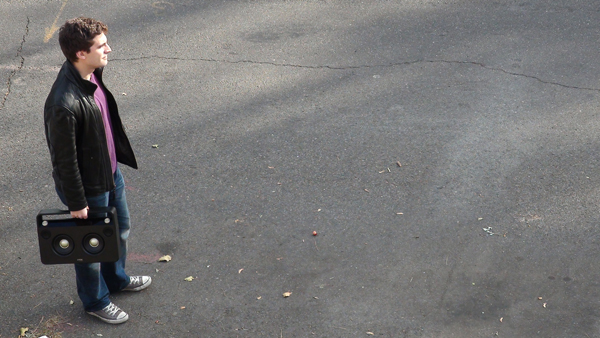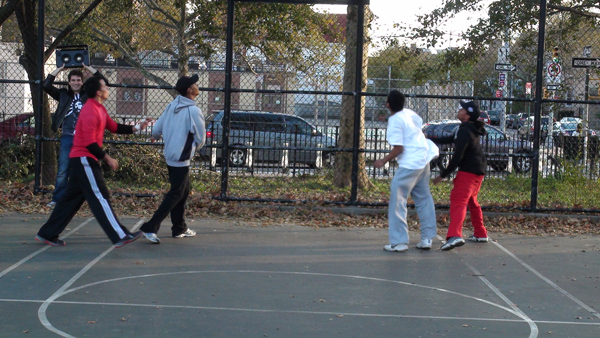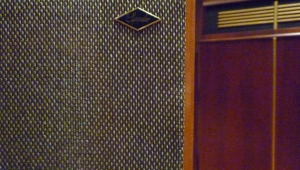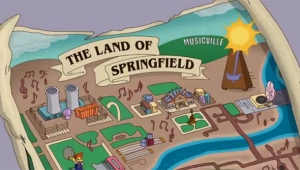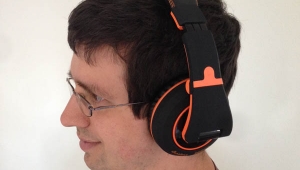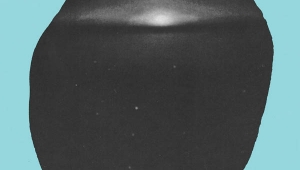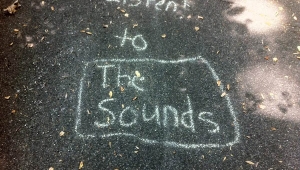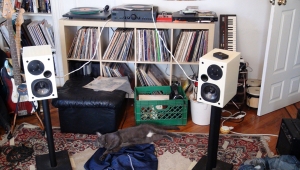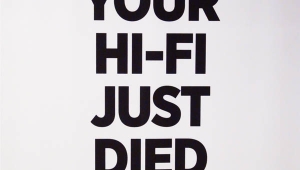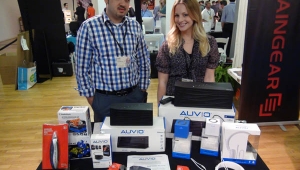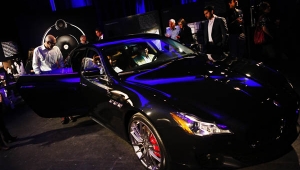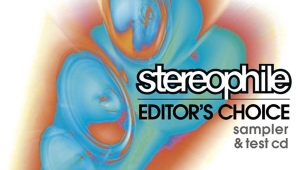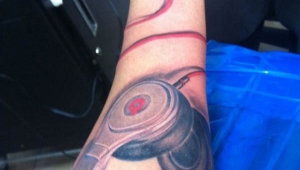| Columns Retired Columns & Blogs |
On Wagner’s Parsifal as performed by St. Martin’s Symphony of London, the orchestral swells and layering at the start sound like they are building the song with intensity, but rather than this increased energy being reflected in the addition of instruments, it became added layers of noise. Each instrument entering has a presence but not a clear one.
If the TDK-a73 boombox reproduces the increased energy from the addition of instruments in Parsifal as added layers of noise then it has captured the essence of Wagner.


